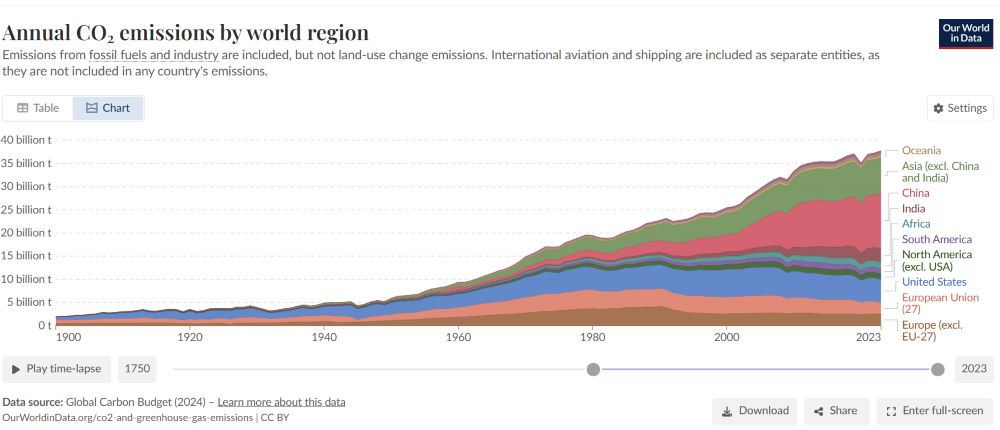Given all the weather disasters so far this year, we may lose sight of progress on climate change. There are many developments that can give us reason for hope.
Leading energy economist Fatih Birol recently told The Guardian in an interview that he finds the rapid uptake of solar power and electric vehicles encouraging. “Despite the scale of the challenges, I feel more optimistic than I felt two years ago,” said Birol, executive director of the International Energy Agency (IEA). “Solar photovoltaic installations and electric vehicle sales are perfectly in line with what we said they should be, to be on track to reach net zero by 2050, and thus stay within 1.5C. Clean energy investments in the last two years have seen a staggering 40% increase.”

Birol acknowledged that greenhouse gas emissions from the energy sector were “still stubbornly high”, and an IEA report urged developed nations with 2050 Net Zero goals to move that target several years sooner. UK climate action advocate Tessa Khan of Uplift goes further, noting, “Just five nations – the US, Canada, Australia, Norway and the UK – are responsible for over half of all planned oil and gas field developments from now to 2050.” Khan argues, “We can’t have new oil and gas projects if we’re going to stay within a safe climate.”
Cementing Our Way Out?
In its “Fixing Carbon” Dispatches, Anthropocene magazine points out one way we may be able to reduce a pervasive greenhouse gas. “Adding CO2 to cement can mineralize the gas, giving a double whammy of locking away the greenhouse gas and reducing use of other energy-intensive materials. A German study from 2021 estimates that using CO2 mineralization could reduce the carbon footprint of the cement industry by between 44 and 85 percent.”
Challenge to the Nay-Sayers
Those who fight against renewable energy sources often claim the public won’t accept wind turbines and solar panels in their neighborhoods. But according to a Washington Post-University of Maryland poll, “Three-quarters of all Americans say they would be comfortable living near solar farmswhile nearly 7 in 10 report feeling the same about wind turbines. And these attitudes appear to remain largely consistent regardless of where people live,” reported the Post on October 3, 2023. The question is whether the majority who accept renewables will be ruled by the minority of nay-sayers, or will progress prevail?
Other “glass-half-full” news items, from Bill McKibben’s newsletter:

- Using his executive authority, President Biden announced in late September he is launching the American Climate Corps to train young people in clean energy, conservation, and climate resilience skills to prepare them for good-paying jobs.
- A study in the Proceedings of the National Academy of Sciences documented the potential large carbon savings that come with working from home. “We find that, in the United States, switching from working onsite to working from home can reduce up to 58% of work’s carbon footprint, and the impacts of IT usage are negligible, while office energy use and non-commute travel impacts are important. Our study also suggests that achieving the environmental benefits of remote work requires proper setup of people’s lifestyle, including their vehicle choice, travel behavior, and the configuration of home and work environment.”
- According to a report from Bloomberg, electric vehicles are now displacing about a million barrels of oil daily. The biggest share comes from electric two and three-wheelers, often taxis of choice in dense cities of the developing world, making those cities cleaner and quieter.
We still have enormous challenges ahead to end our reliance on fossil fuels and reduce greenhouse gases. But keeping progress and solutions in mind can help maintain forward momentum.









